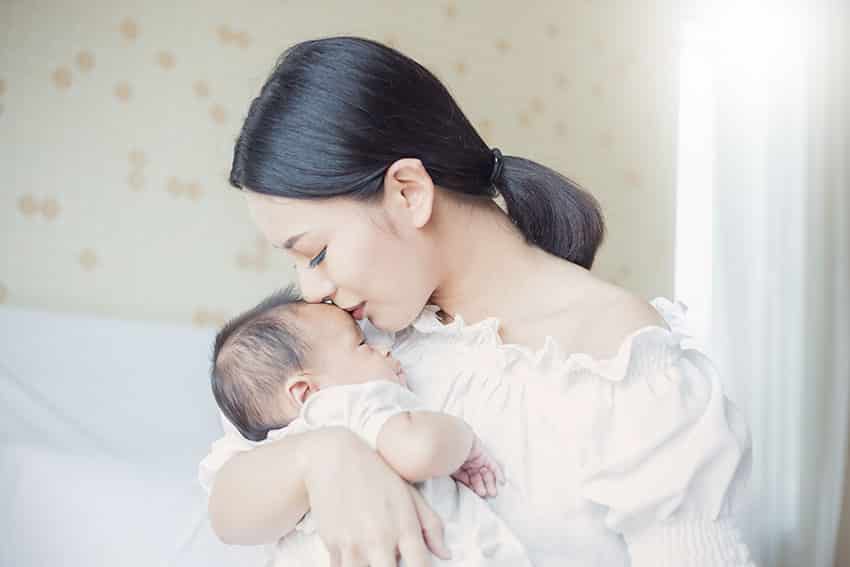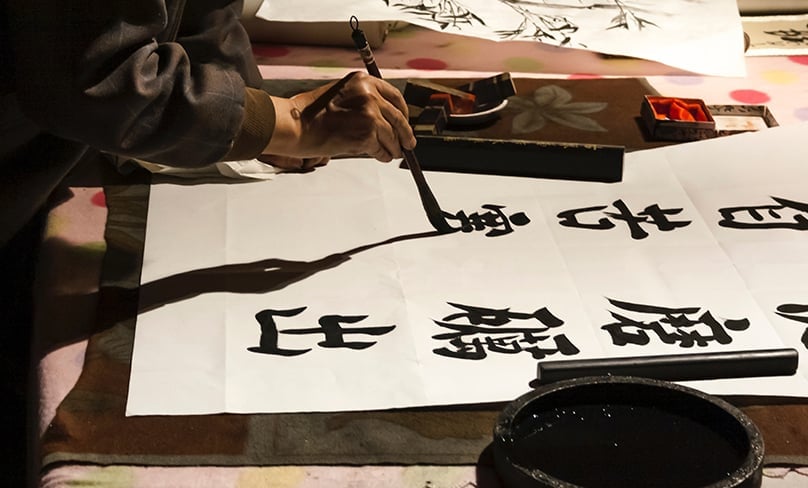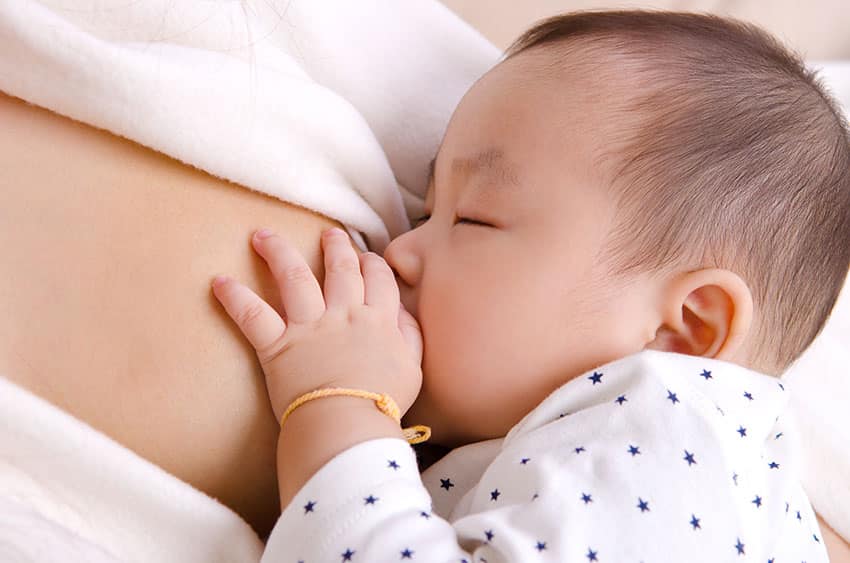
In Chinese, the word “good” (hǎo) tells us about our human values. Many know the word “hǎo” from the Chinese greeting “nǐ hǎo,” which translates into “hello,” but that literally means “you good,” or better said: “I wish you good.” However, what is this “good” that is being wished?
Chinese is a unique language in which its writing system plays a central role if one wants to understand the deep meaning of a word.
Thus, to understand the connotation of the term “good,” it is necessary to analyse the Chinese characters that compose the word.
“Consequently, “good” is defined as the special bond between a mother and her child. In a way, the greeting “nǐ hǎo” wishes to a person to feel as “good” as a woman with her child.”
Interestingly, “hǎo” is written by using two radicals (i.e., graphic components): 女 (nǚ) and 子 (zǐ). 女 means woman, while 子 means child. “Hǎo” is therefore written “好” – that is, a woman with her child by her side.
Consequently, “good” is defined as the special bond between a mother and her child. In a way, the greeting “nǐ hǎo” wishes to a person to feel as “good” as a woman with her child.
Even in a word as common as “hello,” the Chinese language reminds us about the meaning of motherhood and about the emotional ties that bind a mother to her child. It also defines what a woman is – it is not coincidental that the word “hǎo” is written with the “woman” character and not the “man” character, since only women can give birth and be mothers.

In Chinese, a “Mother” is a “Woman”
In Chinese, the radical “女” (nǚ, woman) is also used in the words: mum “妈” (mā), daughter “女儿” (nǚ’ér), elder sister “姐姐” (jiějie), younger sister “妹妹”(mèimei), grandmother “奶奶”(nǎinai), and girl “女孩”(nǚhái).
The Chinese language states very clearly that only a woman (a biological one, obviously) can be a mother, a daughter, a sister, a grandmother, and a girl.
If the concept wasn’t clear enough, the radical “女” (nǚ) composes in addition the words “breast” (“奶,” nǎi) and “milk” (“牛奶,” niúnǎi), as only women have breasts made of specialised tissue that produces milk (glandular tissue) from which they can breastfeed their children.
“Both words contain “母” (mǔ), which refers to “mother,” since the character represents a woman in the posture of breastfeeding a child.”
In fact, other ways to say “mum” and “mother” are “姆妈” (mǔ mā, mom) and “母亲” (mǔqīn, mother).
Both words contain “母” (mǔ), which refers to “mother,” since the character represents a woman in the posture of breastfeeding a child (in its ancient shape of the character, known as oracle bone script, the image is perhaps clearer than in modern Chinese characters).
It is also worth noting that the two characters “母” (mǔ, mother) and “女” (nǚ, woman) derive from the same oracle bone script character (with the only difference that in the word “woman” the two points were missing).

Changing the Chinese language?
The woke mob is now attempting to change even the Chinese language, accusing it of not being “inclusive.” Some LGBTQ+ activists have tried to introduce gender-neutral pronouns into Chinese.
For example, they suggest changing the writing of the pronoun “她” (tā, she), by removing the radical “女” (nǚ, woman), and replacing it with the English letter “X” (reminiscent of when Michelle Obama used the term “womxn” instead of “woman”).
This, however, would make the characters unreadable to Chinese people.
“Adding an ‘x’ to form ‘X子’ would be meaningless, and certainly wouldn’t mean ‘good’.”
For the woke mob to make Chinese gender neutral, they would have to remove the radical “女” (nǚ, woman) from all the words that contain it, and this would make Chinese characters completely incomprehensible and unreadable.
For example, “hǎo” (好) without the “nǚ” (woman) radical would be just 子 (zǐ, child). And adding an “x” to form “X子” would be meaningless, and certainly wouldn’t mean “good.”
It would just be wicked – like a woman deprived of her child.
